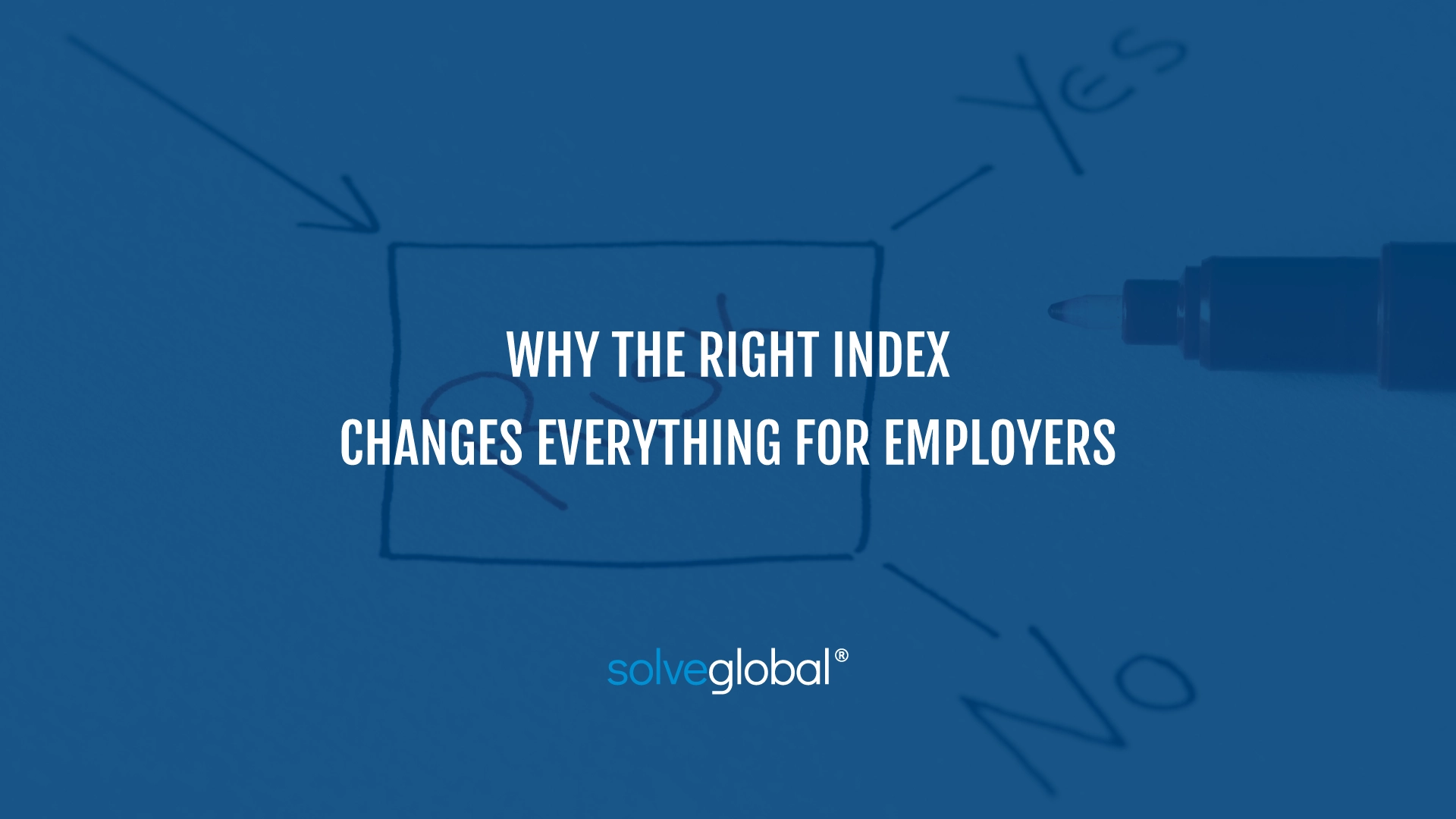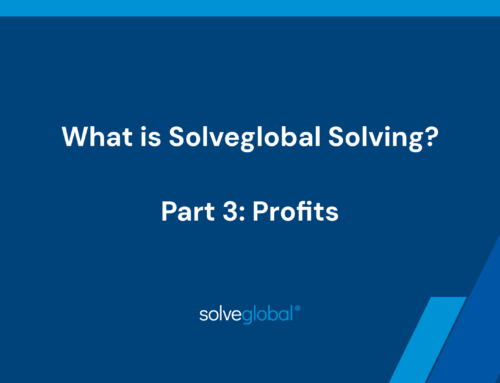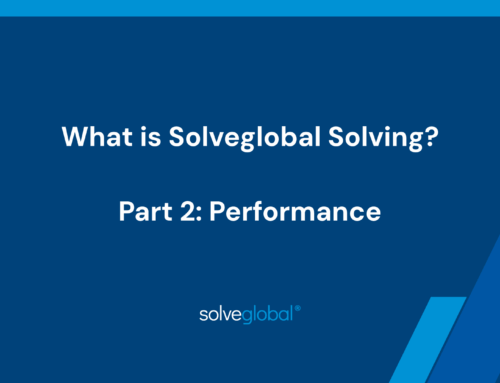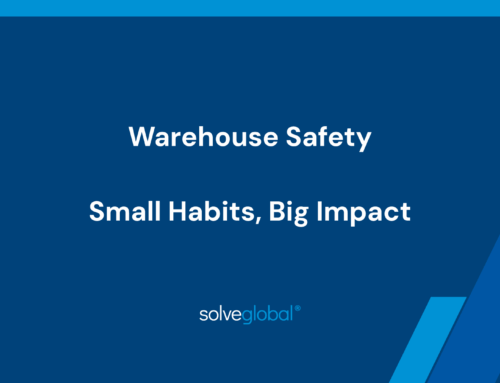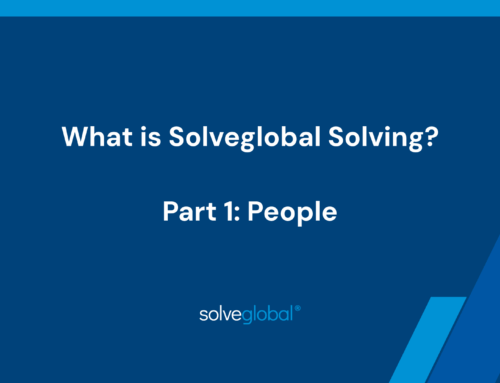Most employers think risk shows up in reports—injuries, claims, lost time. By then, the damage was done.
The Risk Index flips that model. It doesn’t wait for injuries. It detects risk before it becomes cost, loss, or liability.
What Is the Risk Index?
The Risk Index is a predictive score—built from real-world motion, function, and demand. It evaluates how stressors are stacking up across the person, the task they are completing, and the environment they are in. These stressors are early warning signs of bone, joint, and muscle pain.
It’s not a guess. It’s not a questionnaire. It’s not a lagging indicator from last quarter’s claims data.
It’s live. It’s local. And it’s personal.
Why It Matters
Most risk models are blind. They focus on compliance or claims. They don’t see the hidden cost of dysfunction—the friction, fatigue, and frustration that drag people and performance down long before a case is filed.
That’s where the Risk Index makes its mark:
- It quantifies risk that hasn’t been medicalized yet.
- It reveals who’s sliding toward breakdown—before it happens.
- It gives employers the power to act upstream instead of paying downstream.
The Business Case: Predict. Prioritize. Prevent.
When used consistently, the Risk Index becomes a strategic lever:
- Target resources where they matter most.
- Fix environments, not just individuals.
- Measure what actually moves the needle.
In short, the Risk Index is your early warning radar for high-cost cases, preventable disruption, and workforce strain.
Bottom Line
If you’re only tracking injuries, you’re not managing risk—you’re managing consequences.
Solveglobal’s Risk Index is built to change that. It gives you visibility where you had none, foresight where you had blind spots, and control where you’ve only had reaction.
Smart leaders don’t wait for risk to show up. They measure it, manage it, and move before it costs them.
Only Solveglobal has it.


